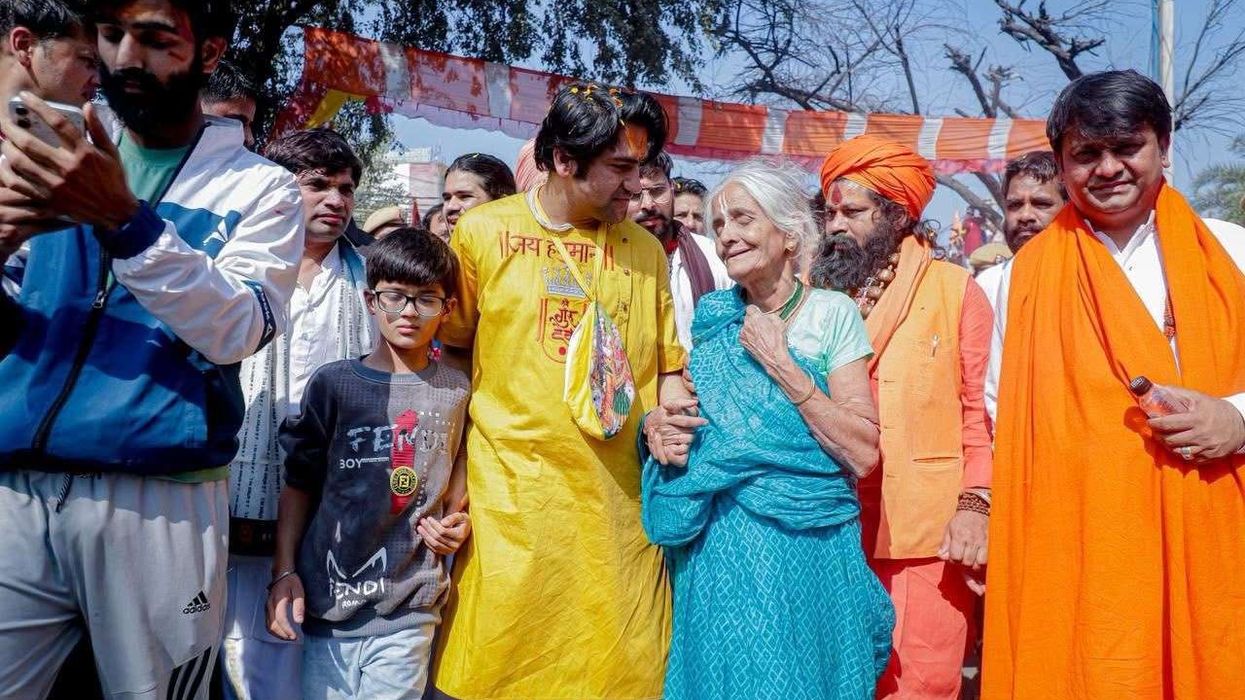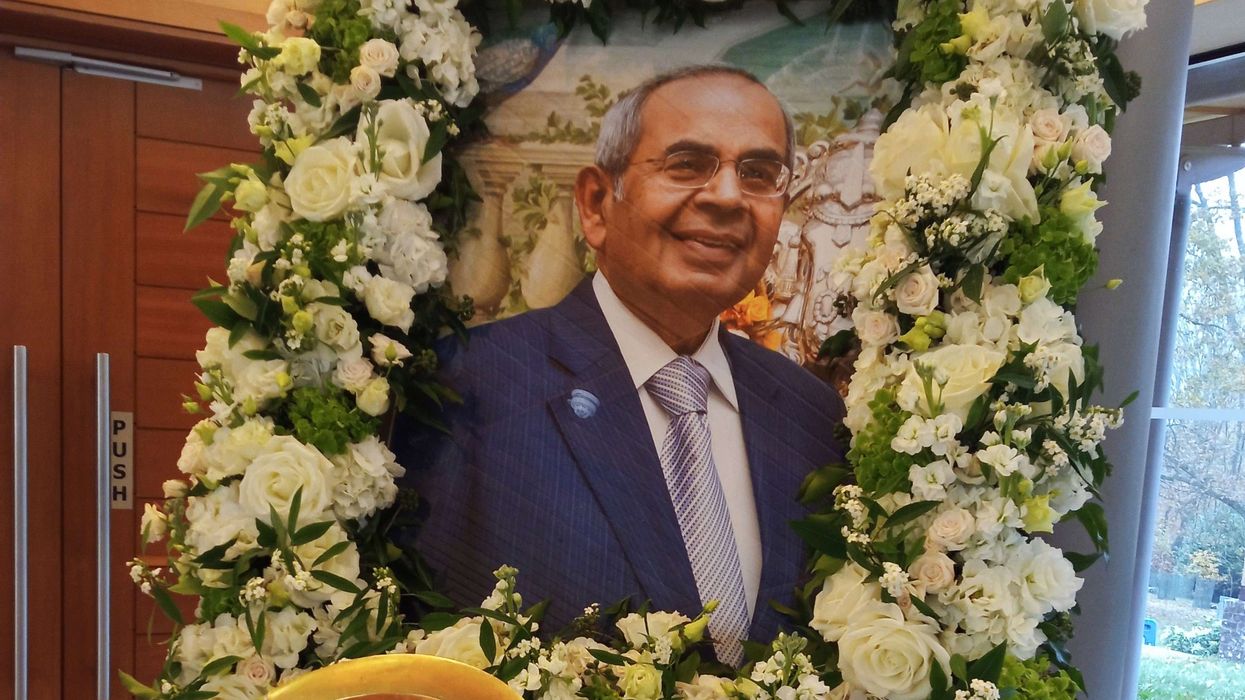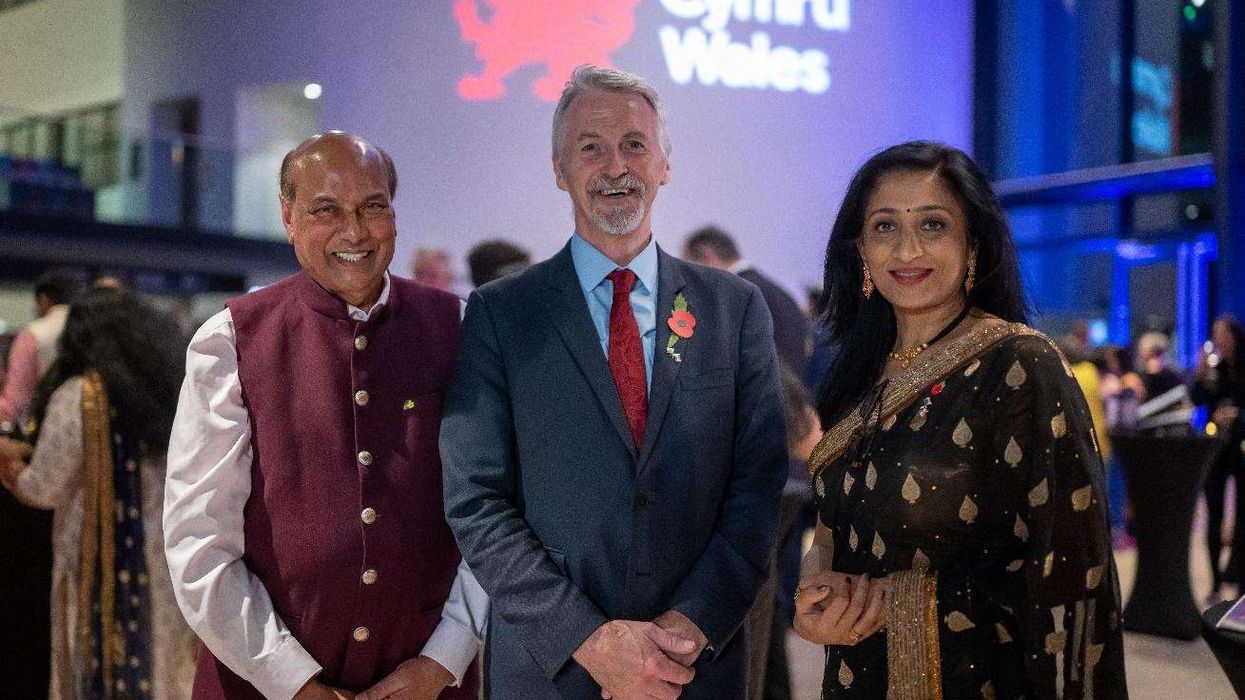Highlights:
- Namit Malhotra says the movie's money situation is a complete mystery, even to him.
- He's somehow shot most of the first film without taking out any bank loans.
- Getting Hans Zimmer for the music is a major coup for Indian cinema.
- Ranbir Kapoor, Sai Pallavi, and Yash lead the cast in this two-part epic.
- Malhotra believes the project has single-handedly revitalised his entire company.
The producer behind the most ambitious film India has ever seen, Nitesh Tiwari's Ramayana, has made a startling confession about its mind-boggling finances. Namit Malhotra, whose company DNEG has multiple Oscars, openly admits he cannot trace the source of the project's rumoured £377 million (₹4,000 crore) budget. He revealed that even the lead actors were initially sceptical, questioning if he truly had the funds to realise his grand vision for the Indian epic.
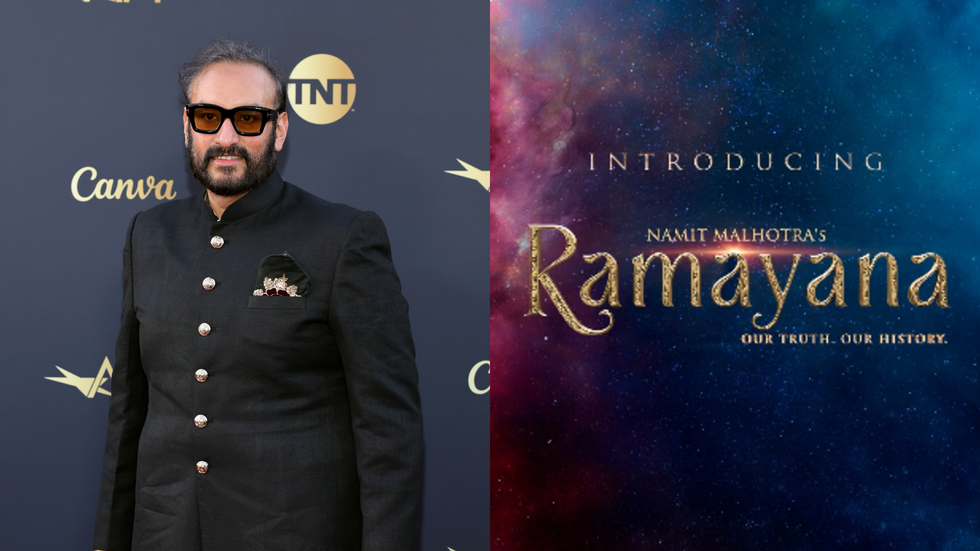
How is Ramayana being funded without a clear budget?
It sounds like something from a fantasy, but the man bankrolling this cinematic mammoth claims the money just materialises. Malhotra insists he's shot the entire first part without once taking out a loan, a claim that makes you wonder what's really going on behind the scenes. These days, he's practically stopped looking at the budget spreadsheets altogether. His entire focus has narrowed down to one simple, brutal goal: making sure the final product doesn't have a single corner cut, no matter what the final number on the invoice says.
What makes this Ramayana adaptation different?
Forget what you’ve seen before. Malhotra isn’t shy about stating this Ramayana is a tougher technical challenge than any of his Oscar-winning Hollywood projects, including Dune and Inception. He's put everything into it. The musical score is a major collaboration between AR Rahman and the great Hans Zimmer, being Zimmer's debut into Indian cinema. The epic brings together Indian cinema’s biggest stars with Ranbir Kapoor playing Lord Ram, Sai Pallavi as Sita, and Yash as Ravana.
When is the Ramayana release and what is the ultimate goal?
The plan is to drop part one in cinemas for Diwali 2026, with the sequel following exactly a year later. But the release is just the endgame. Malhotra’s real ambition is to flip the script on how Indian films perform worldwide. He points out that Hollywood now earns up to 80% of its revenue from overseas markets. He’s convinced that with the right quality, Indian cinema can achieve the same inverse. Ramayana, he says, has injected new life into his entire business, a phenomenon he can’t quite explain but is happily riding out.
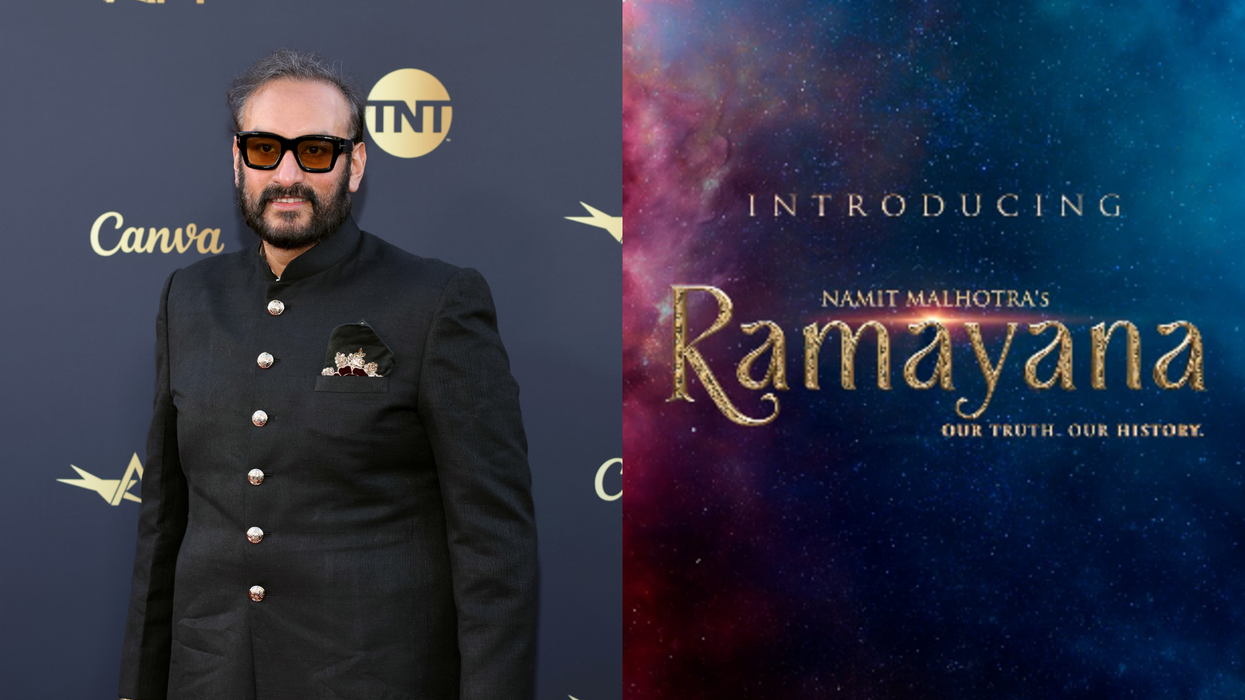


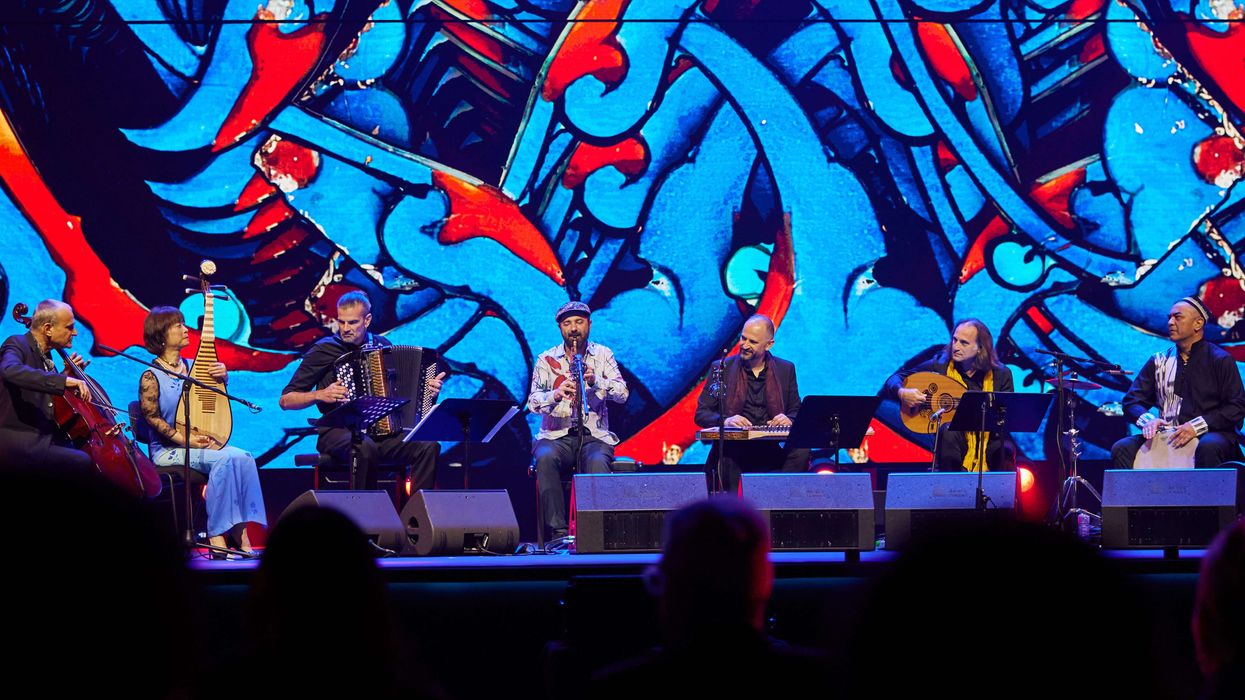



 DJ Shai Guy
DJ Shai Guy  DJ Shai Guy
DJ Shai Guy DJ Shai Guy
DJ Shai Guy DJ Shai Guy
DJ Shai Guy
